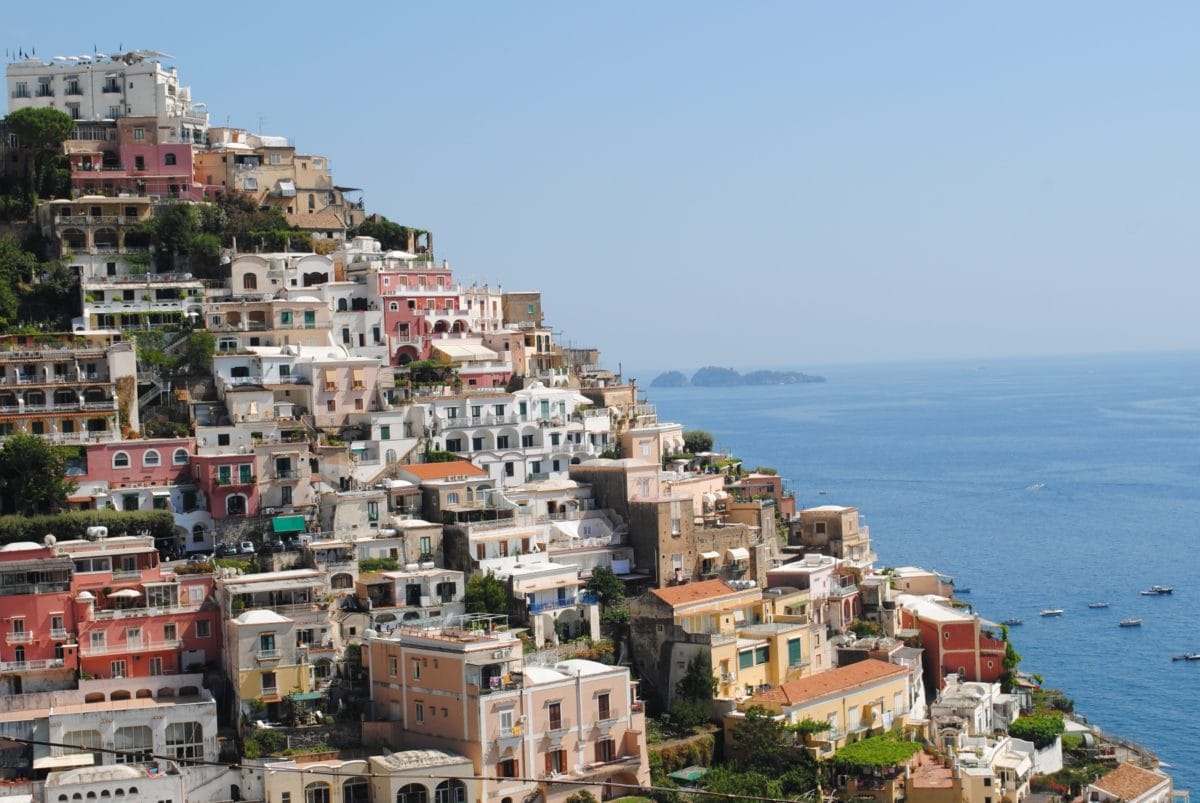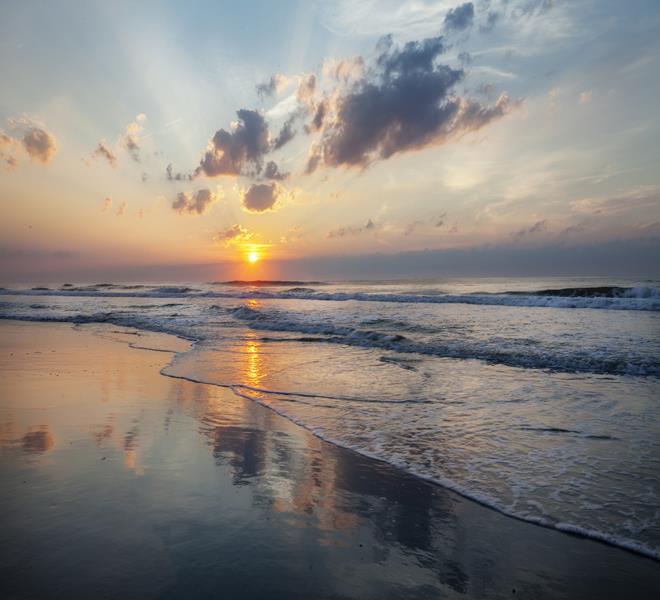

Needless to say, beach communities want their dunes to stay in place, so the response often is to build control structures, such as seawalls and jetties. Building on shifting sandsīuilding hard infrastructure such as homes, roads and hotels on barrier islands interrupts their lateral migration. This typically happens because local sea levels rise, so waves wash over the islands during storms, moving sand from the ocean side to the inland side. How longshore drift moves sediment along a beach.Īnd over time many barrier islands move landward, toward the shore. But many human activities interfere with these natural movements, making the islands more vulnerable. Islands that have been preserved in their natural state can move with storms, shifting their shapes over time. Many barrier islands have been developed into popular tourist destinations, including Florida’s Sanibel Island and South Carolina’s Pawleys Island, both of which suffered heavy damage from Hurricane Ian. These zones serve many valuable ecological functions, such as reducing coastal erosion, purifying water and providing habitat for fish and birds. They also provide a sheltered environment that enables estuaries and marshes to form behind them. When hurricanes and storms make landfall, these strands absorb much of their force, reducing wave energy and protecting inland areas. It’s hard to imagine how these narrow strips can withstand such forces, but in fact, many of them have buffered our shores for centuries.īarrier islands protect about 10 percent of coastlines worldwide. There sand is firm and compact near the water, especially around low tide.When storms like Hurricane Ian make landfall, the first things they hit often are barrier islands – thin ribbons of sand that line the U.S. The beach is also wild, undeveloped, and gorgeous for running. For a longer run, the 7.25 mile Service Road is a gravel path, closed to cars, passing through forest, shrub/thicket and wetland habitats. For specific trail loops, there’s the 3.25-mile paved Wildlife Loop, which can be combined with the paved 1-mile Black Duck Trail and 1.6 mile paved Woodland Trail, which winds through a pine forest. For a nearly 9-mile run, add the Beach Access Rd. One great 5-mile route is to combine the bike path from the Chincoteague Island Museum, over the bridge to the island, and then take the Marsh Trail and the Wildlife Loop.

The Chincoteague National Wildlife Refuge has several scenic trails that are terrific for running. The sand is compact near the water, especially near low tide - best to consult a tide chart.

At the northern end is the 2 miles of beach administered by Assateague State Park, which then spills into the many miles of beach administered by the National Park Service. On Assateague, runners will love the miles and miles of beach. A trail continues south of the Life of the Dunes trail for many miles, but it can be sandy for running. You can add on with the short, 1/2 mile loops on Life of the Dunes Trail (softt sand), Life of the Forest Trail, and Life of the Marsh Trail. The scenery here is mainly dunes and grassland. Runners can continue on 4 miles of paved bike path along Bayberry Dr. Parallels the Verrazano Bridge to Assateague Island. Starting from the Visitor Center, a gorgeous multi-use path Assateague Island Beach. Verrazano Bridge and Bayberry Drive Path. A few running highlights: Assateague Island

Note that some of the non-paved trails might be sandy. There are some good running options here, including the extensive beach, several paved bicycle and walking paths, and some more rugged trails. The Island is protected, as a National Seashore and State Park, and includes Assateague in Maryland and Chincoteague National Wildlife Refuge in Virginia (which are 50 miles apart, by car!). Assateague Island is a beautiful refuge of sandy beaches, salt marshes, maritime forests and coastal bays, located only 10 miles south of Ocean City.


 0 kommentar(er)
0 kommentar(er)
